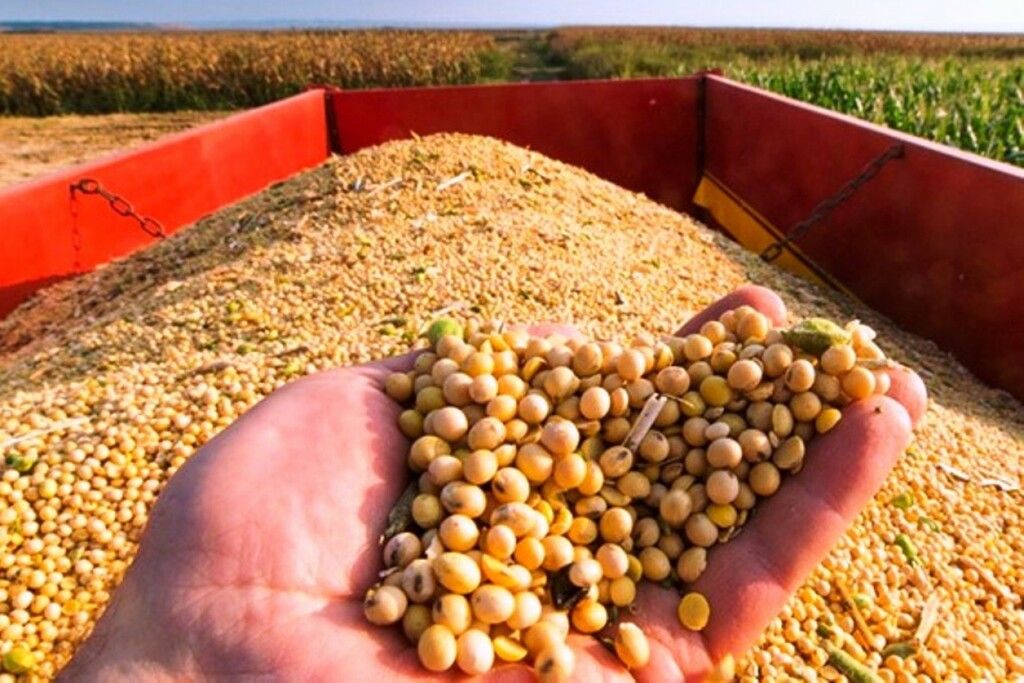Soybean production is extremely concentrated in the world, with approximately 80% generated in the United States, Brazil and Argentina.
Harvesting takes place in the fall, which means that there are two main harvests per year: one in the northern hemisphere and one in the southern hemisphere.
In particular, in the United States, soybeans are traded on the Chicago Board of Trade (CBOT) in 5,000 bushel increments, where delivery is made on No. 2 yellow grain at par, with substitutions deliverable at various spreads set by the exchange.
Contract months are January, March, May, July, August, September and November.
To note: soybeans are an oilseed legume grown around the world and are known for their high protein and oil content.
Soybean production
Being high in protein, soybeans are one of the main ingredients in live animal feed, which accounts for the majority of its use.
According to Goldman Sachs Group, a smaller percentage of the crop is processed for human consumption in the form of products such as soy milk, tofu and soy flour.
At the same time, a growing percentage of soy consumption comes from the biofuels sector.
The United States
Corn is a cereal grain that is grown around the world and is an ingredient in a wide range of food, chemical and animal feed products.
An increasing percentage of corn is also used in the production of biofuels.
While production is highly concentrated, with approximately 33% in the United States, the world’s second largest corn producer is the People’s Republic of China.
In the United States, corn is traded on the CBOT in 5,000 bushel increments, where delivery is at No. 2 yellow at par with deliverable substitutions at various spreads set by the exchange.
While the contracting months are March, May, July, September and December, corn futures contracts are dollar-denominated and physically settled for 5,000 bushels of corn.
![]()

